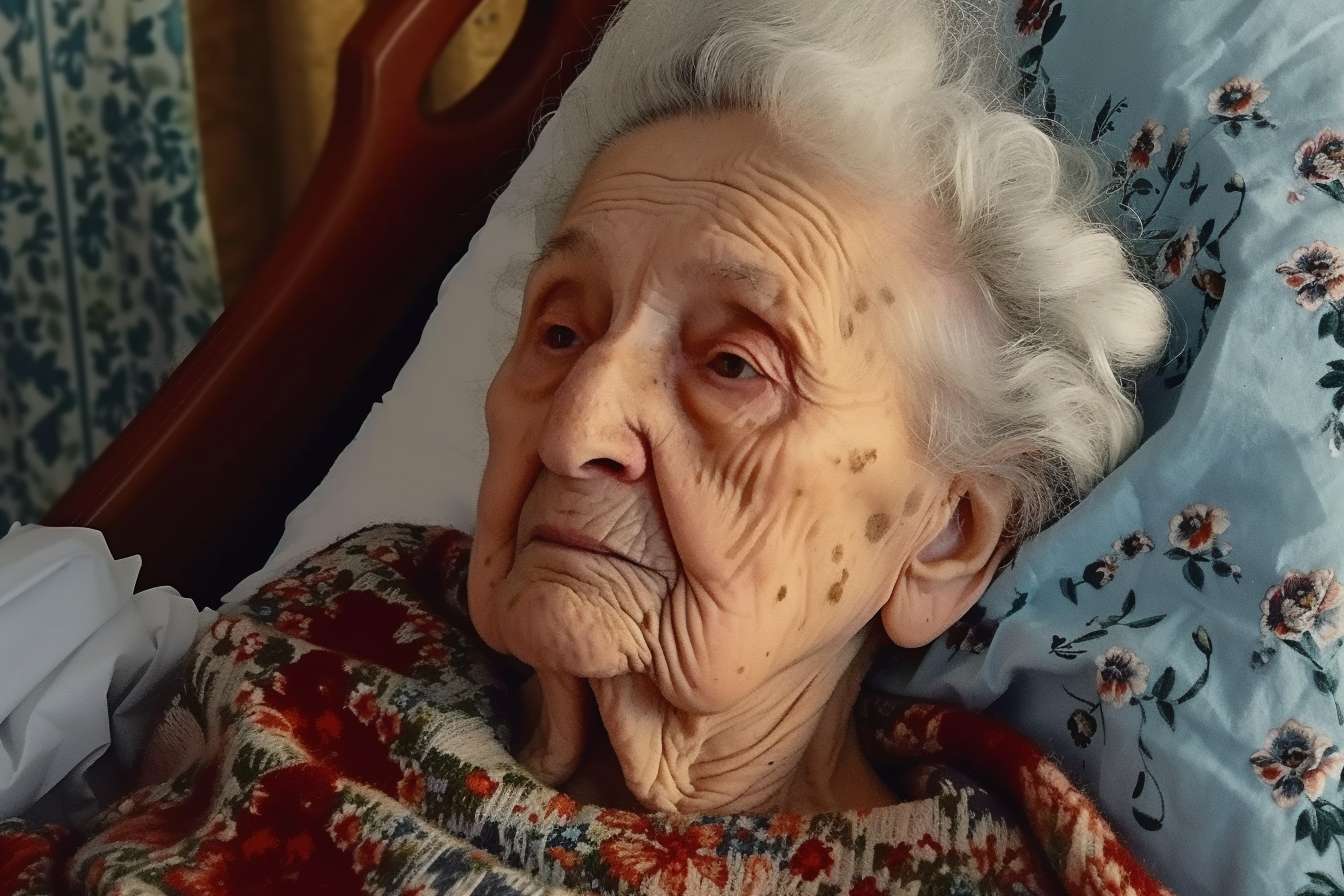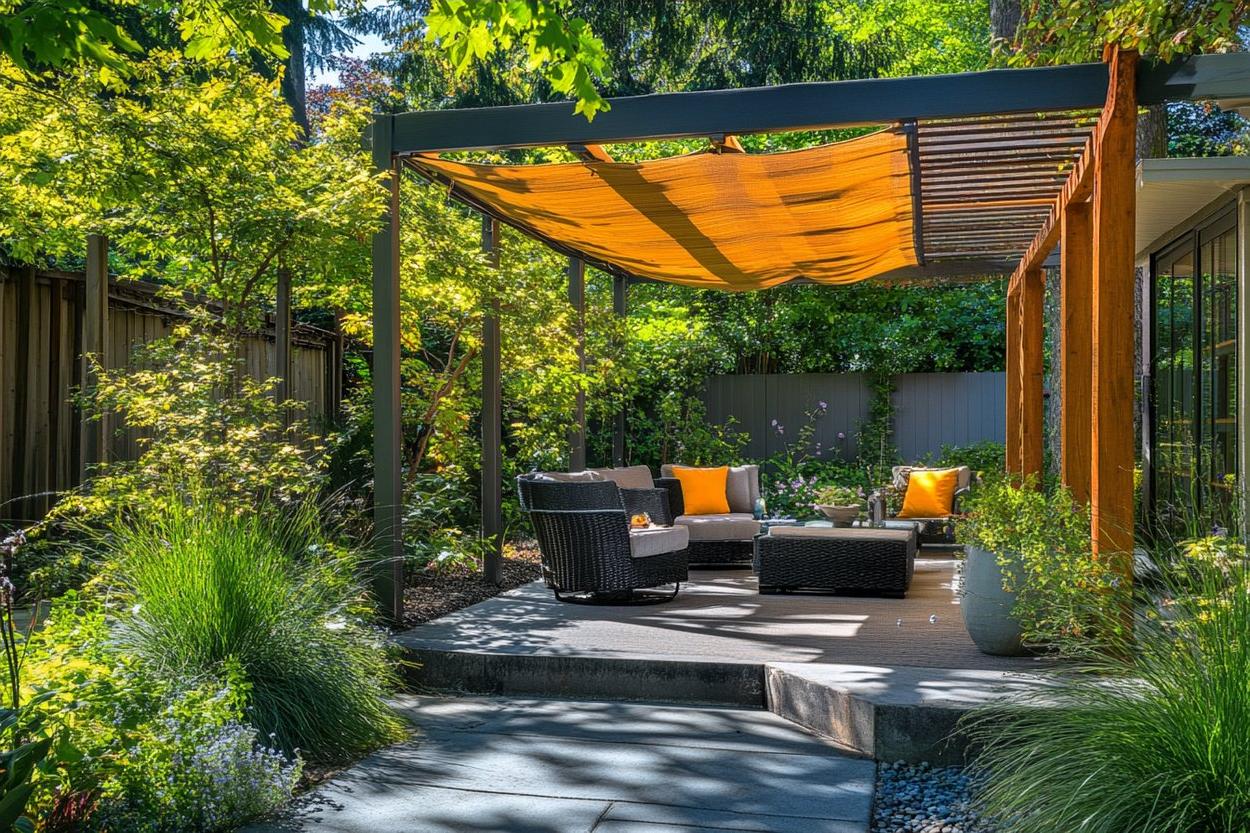Senior Living Options: A Comprehensive Overview
Senior living represents a significant decision point for older adults and their families, encompassing various housing arrangements designed to meet the evolving needs of aging individuals. These specialized communities and services provide different levels of care, social engagement, and independence, allowing seniors to maintain their quality of life while receiving appropriate support. Understanding the available options helps families make informed decisions about their loved ones' future living arrangements.

How to Find Homes That Meet Senior Needs
Finding suitable senior housing requires careful evaluation of individual needs, preferences, and health conditions. Start by assessing the level of care required, considering factors such as mobility limitations, medical needs, and desired social activities. Research facilities in your preferred geographic area, focusing on those that offer the specific services needed. Visit multiple communities during different times of day to observe daily operations, meal services, and resident interactions. Many communities offer trial stays or respite care options, allowing potential residents to experience the environment before making long-term commitments.
Location plays a crucial role in the selection process, as proximity to family members, healthcare providers, and familiar neighborhoods can significantly impact adjustment and satisfaction. Consider transportation services, nearby medical facilities, and accessibility to shopping centers or recreational areas. Online resources, local Area Agencies on Aging, and senior housing specialists can provide valuable guidance throughout the search process.
New Homes for Seniors: Modern Living Solutions
Contemporary senior housing developments incorporate innovative design elements and technology to enhance residents’ daily experiences. Modern facilities often feature universal design principles, including wider doorways, grab bars, emergency response systems, and accessible bathrooms to accommodate changing mobility needs. Smart home technology integration allows residents to control lighting, temperature, and security systems through user-friendly interfaces.
Many new communities emphasize wellness-focused amenities such as fitness centers with senior-appropriate equipment, walking trails, swimming pools, and dedicated spaces for physical therapy or rehabilitation services. Social gathering areas, libraries, computer centers, and hobby rooms provide opportunities for continued learning and community engagement. Some facilities include on-site medical clinics, beauty salons, and convenience stores to enhance residents’ independence and convenience.
Investing in Senior Housing: Market Considerations
The senior housing sector presents various investment opportunities driven by demographic trends and increasing demand for age-appropriate accommodations. Real Estate Investment Trusts (REITs) focusing on senior housing properties offer investors exposure to this growing market without direct property management responsibilities. Direct property investment in senior housing facilities requires significant capital and specialized knowledge of healthcare regulations, staffing requirements, and operational complexities.
Market factors influencing senior housing investments include regional population demographics, local healthcare infrastructure, competition from existing facilities, and regulatory environments. Successful investments typically require thorough due diligence regarding occupancy rates, revenue streams, operating expenses, and potential for expansion or improvement. Professional consultation with financial advisors experienced in senior housing investments can help evaluate risks and potential returns.
| Housing Type | Average Monthly Cost | Services Included |
|---|---|---|
| Independent Living | $2,500 - $4,500 | Meals, housekeeping, activities |
| Assisted Living | $4,000 - $6,500 | Personal care, medication management, 24-hour support |
| Memory Care | $5,500 - $8,000 | Specialized dementia care, secure environment |
| Continuing Care Retirement Community | $3,000 - $7,000 | Tiered care levels, healthcare services |
Prices, rates, or cost estimates mentioned in this article are based on the latest available information but may change over time. Independent research is advised before making financial decisions.
Types of Senior Living Communities
Senior living encompasses several distinct categories, each designed to serve different needs and preferences. Independent living communities cater to active seniors who desire maintenance-free living with access to social activities and amenities. These facilities typically offer apartment-style housing with optional services such as meals, housekeeping, and transportation.
Assisted living provides personal care services while maintaining residents’ independence and dignity. Staff assistance with activities of daily living, medication management, and 24-hour emergency response systems characterize these communities. Memory care facilities specialize in serving individuals with Alzheimer’s disease or other forms of dementia, featuring secure environments and specially trained staff members.
Continuing Care Retirement Communities (CCRCs) offer multiple levels of care within a single campus, allowing residents to age in place as their needs change. These comprehensive communities typically include independent living, assisted living, and skilled nursing care options.
Planning for Senior Living Transitions
Successful transitions to senior living require advance planning and open family discussions about preferences, concerns, and expectations. Financial planning should begin well before the need arises, considering long-term care insurance, savings requirements, and potential asset liquidation. Legal preparations may include updating wills, establishing powers of attorney, and creating advance healthcare directives.
Emotional preparation involves acknowledging the natural feelings of loss and change while focusing on the positive aspects of community living, such as increased social interaction, reduced home maintenance responsibilities, and access to healthcare services. Gradual transitions, such as participating in community activities before moving in, can help ease adjustment periods.
Senior living options continue to evolve as the aging population grows and preferences change. Understanding available choices, conducting thorough research, and planning ahead enable families to make confident decisions that support independence, health, and happiness throughout the senior years. The investment in appropriate senior housing represents an investment in quality of life, safety, and peace of mind for both residents and their families.




